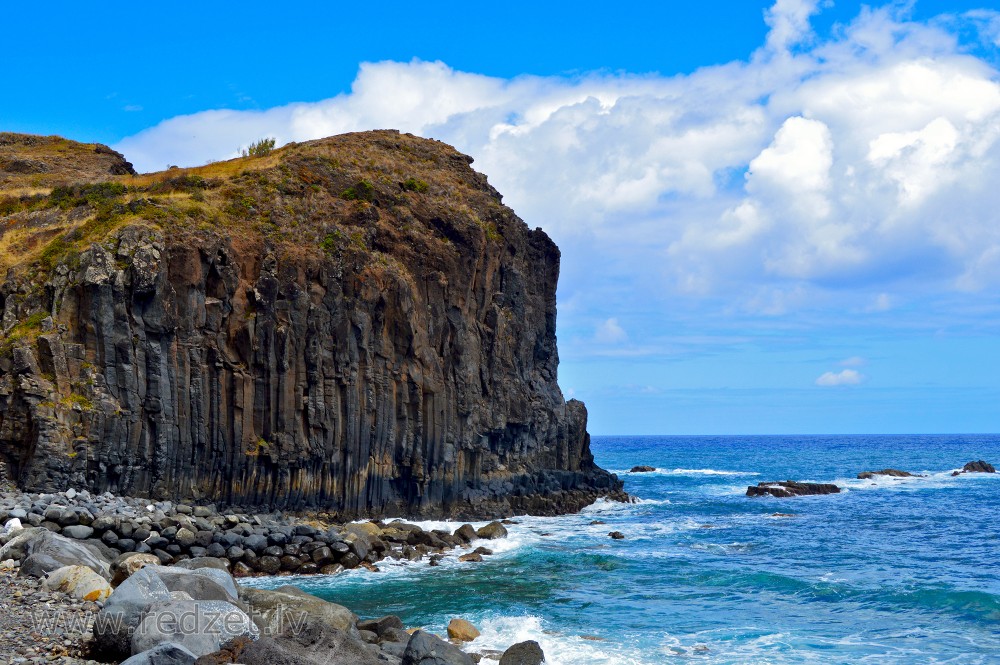Cliff
In geography and geology, a cliff is a vertical, or nearly vertical, rock exposure. Cliffs are formed as erosion landforms by the processes of weathering and erosion. Cliffs are common on coasts, in mountainous areas, escarpments and along rivers. Cliffs are usually formed by rock that is resistant to weathering and erosion. Sedimentary rocks most likely to form cliffs include sandstone, limestone, chalk, and dolomite. Igneous rocks such as granite and basalt also often form cliffs.
An escarpment (or scarp) is a type of cliff, formed by the movement of a geologic fault or landslide, or by differential erosion of rock layers of differing hardness.
Most cliffs have some form of scree slope at their base. In arid areas or under high cliffs, they are generally exposed jumbles of fallen rock. In areas of higher moisture, a soil slope may obscure the talus. Many cliffs also feature tributary waterfalls or rock shelters. Sometimes a cliff peters out at the end of a ridge, with tea tables or other types of rock columns remaining. Coastal erosion may lead to the formation of sea cliffs along a receding coastline.
The Ordnance Survey distinguishes between cliffs (continuous line along the top edge with projections down the face) and outcrops (continuous lines along lower edge).
en.wikipedia.org


